A bonsai is created beginning with a specimen of source material. Bonsai can be created from nearly any perennial woody-stemmed tree or shrub species, that produces true branches and can be cultivated to remain small through pot confinement with crown and root pruning. Some species are popular as bonsai material because they have characteristics, such as small leaves or needles, that make them appropriate for the compact visual scope of bonsai.
The Bonsai come in various items, such as Pinaceae, Ulmaceae, Juniper, Buxus, Sageretia, Japanese Black Pine, Ulmus, Moraceae, Podocarpus, Zelkova, Carmona, Golden money Ficus, Ligustrum, Zanthoxylum, Gypsophila, ficus microcarpa etc.
Bonsai come in various styles. Below are some of the most commonly encountered ones:
1. Formal and Informal Straight
The trunk in a formal straight bonsai is straight, and the top of the tree is in line with the body and the base. In case of an informal straight bonsai, the trunk slants slightly, but the top of the tree still ends up directly above the center of the base.
2. slant
The entire tree is slanted to one side.
3. Cascade
The bonsai pinnacle ends up at the same height or lower than the pot, like a tree at the edge of a cliff.
4. Forest and Multi-Trunk
In a forest style bonsai, multiple trees are grown in the same pot, carefully fashioned to mimic a forest.
5. Rock
The tree grows on a rock with its roots anchored in the rock's cracks or in the soil below.
HS Bonsai Nursery introduce you to the fascinating and living art of Bonsai, and help you get started!
Take care tips
|
Item name:
|
Miniature Bonsai Tree
|
|
Common name:
|
Mini Bonsai, Chinese Bonsai, Dwarf Mini Bonsai
|
|
trimming
|
Leaf trimming, the selective removal of leaves or needles from a bonsai's trunk and branches
|
|
Temperature:
|
The best temperature for bonsai growing is 16-35 ℃. the suitable temperature for each bonsai is different.
|
|
Water:
|
Watering must be regular and must relate to the bonsai species' requirement for dry, moist, or wet soil.
|
|
Sunlight:
|
The bonsai can survive anywhere indoors and some bonsai trees prefer the outdoors
|
|
Fertilizer:
|
Soil composition and fertilization must be specialized to the needs of each bonsai tree, although bonsai soil is almost always a loose, fast-draining mix of components.
Higher frequency watering while feeder to avoid drug injury.
|
|
Packing:
|
Packed with cocopeat and then into basket or wooden case and then into container
|
|
Delivery time:
|
7-14 days after confirmed for stock quantity
|
Product Overview
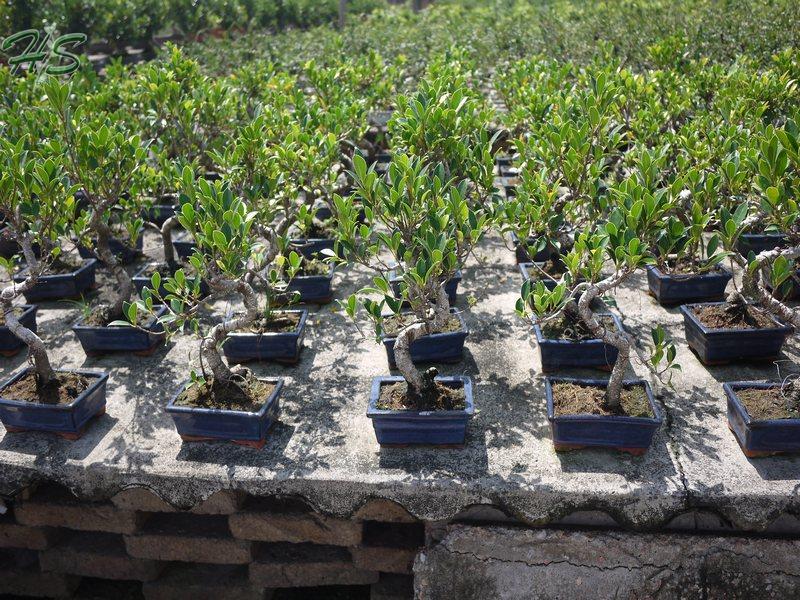
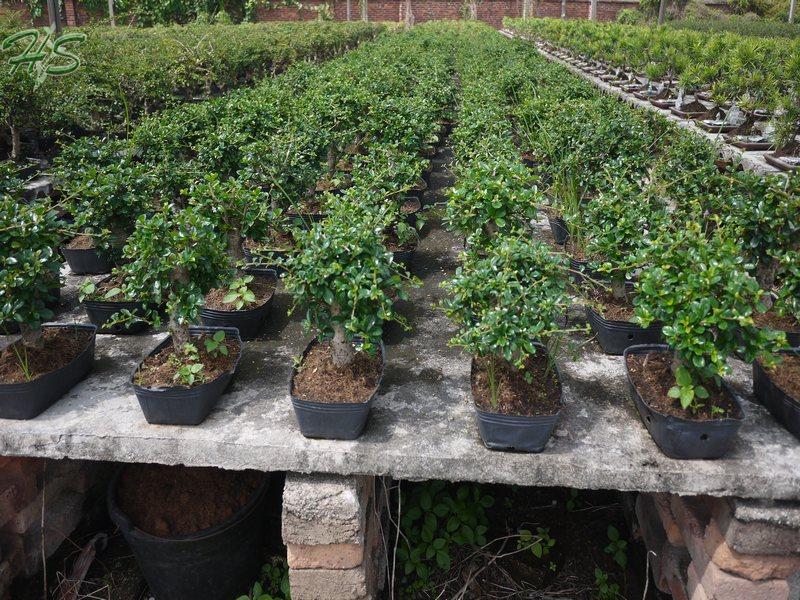
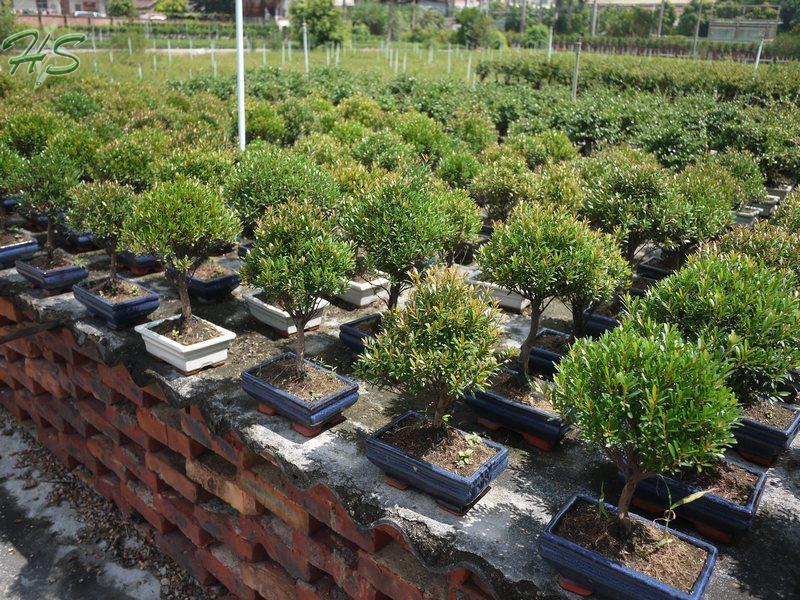
Loading Photos
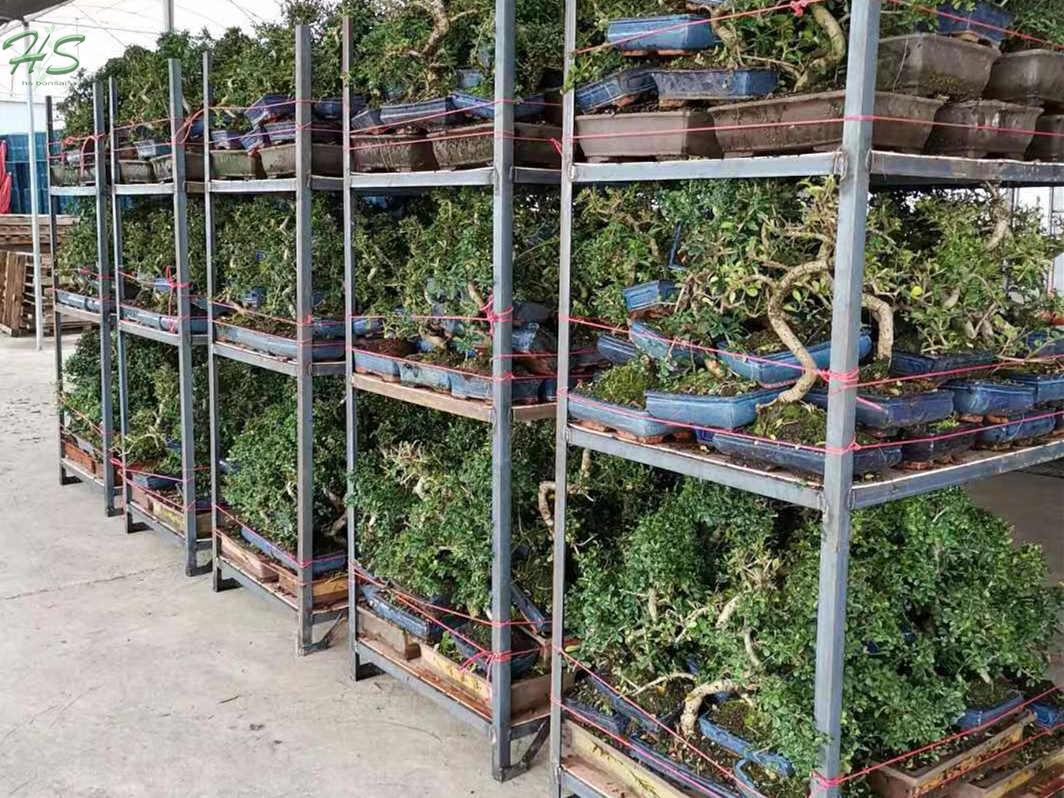
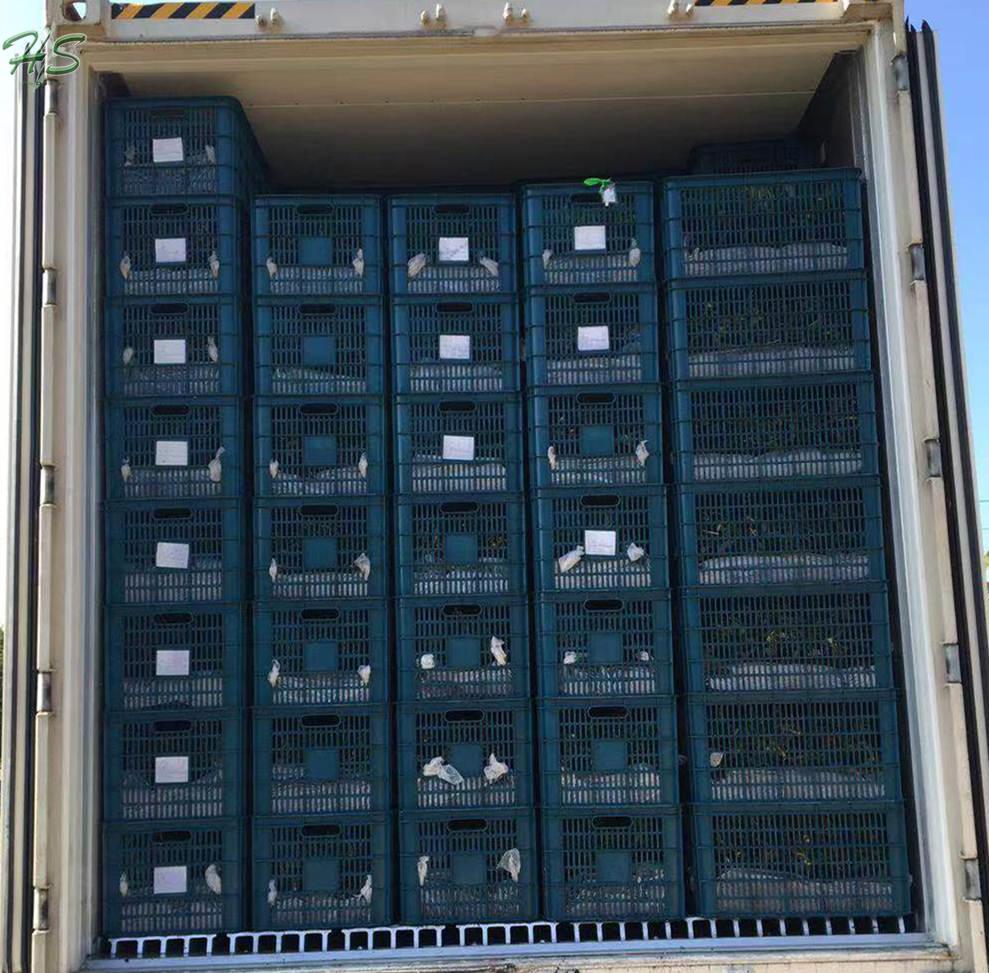
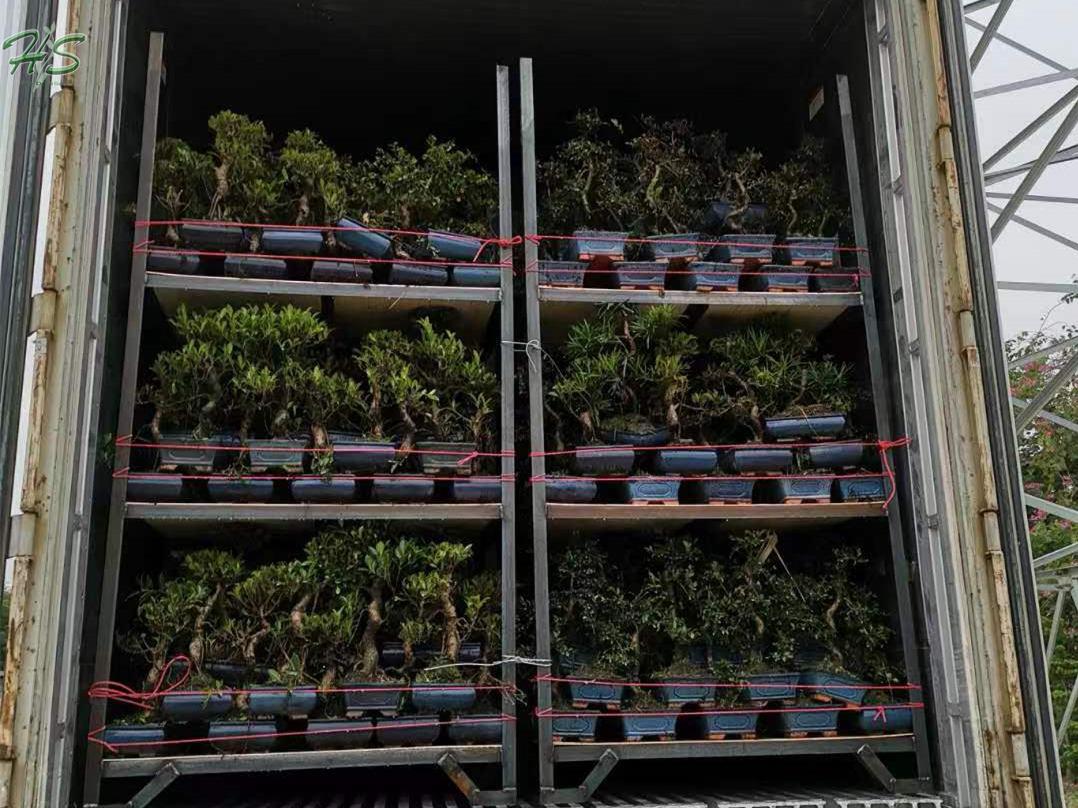
www.hsbonsai.cn